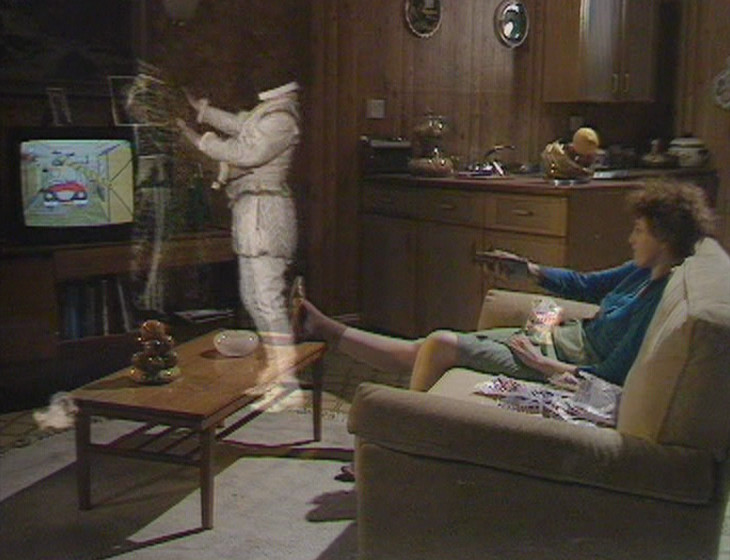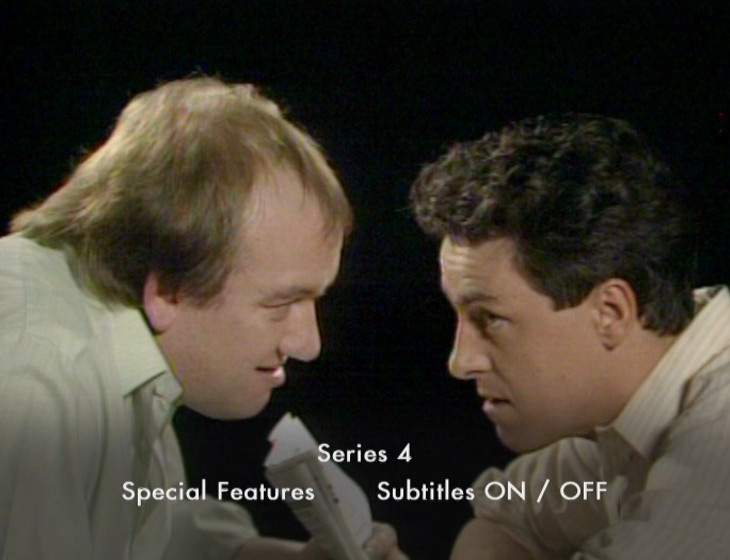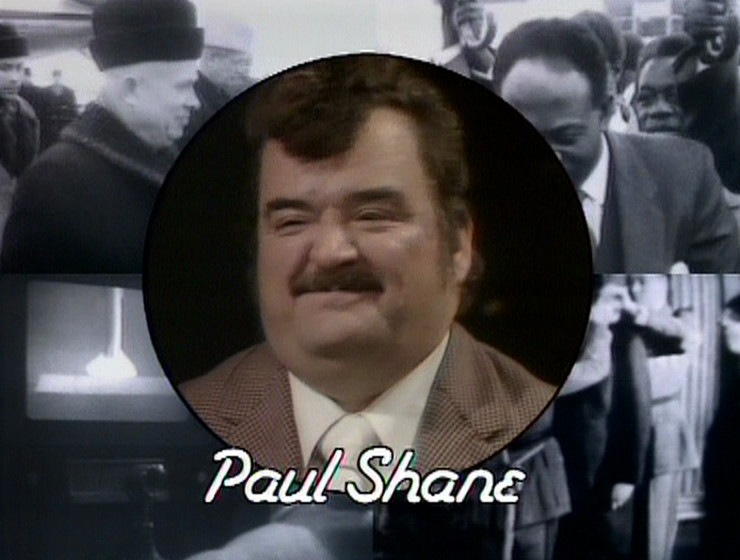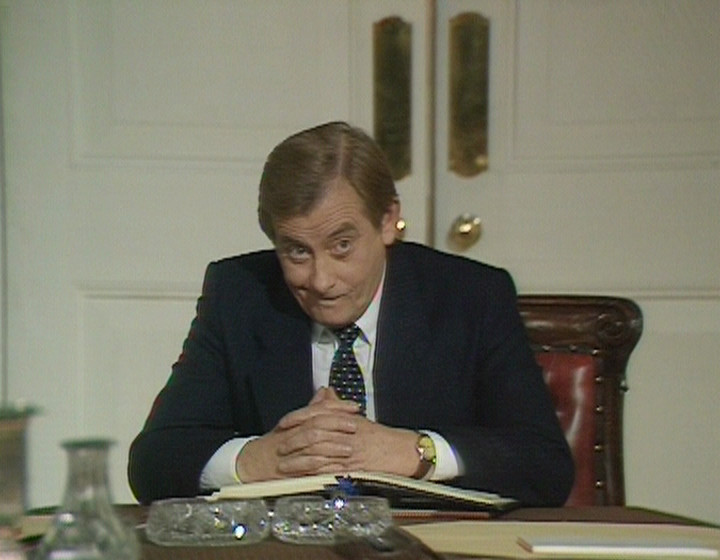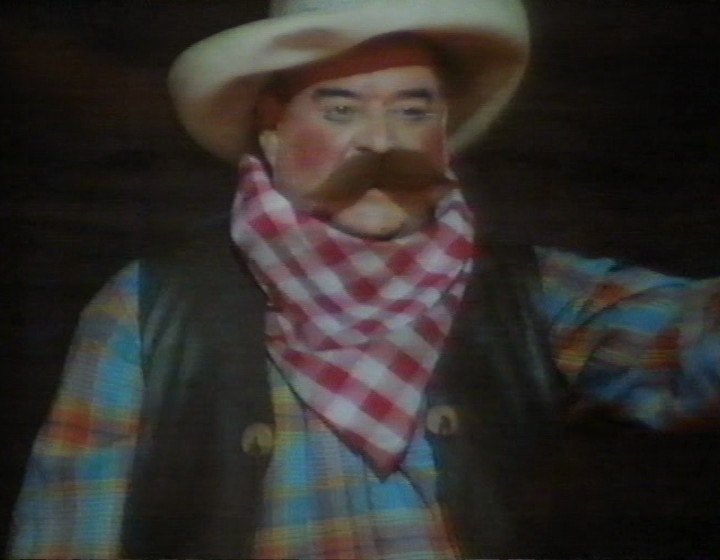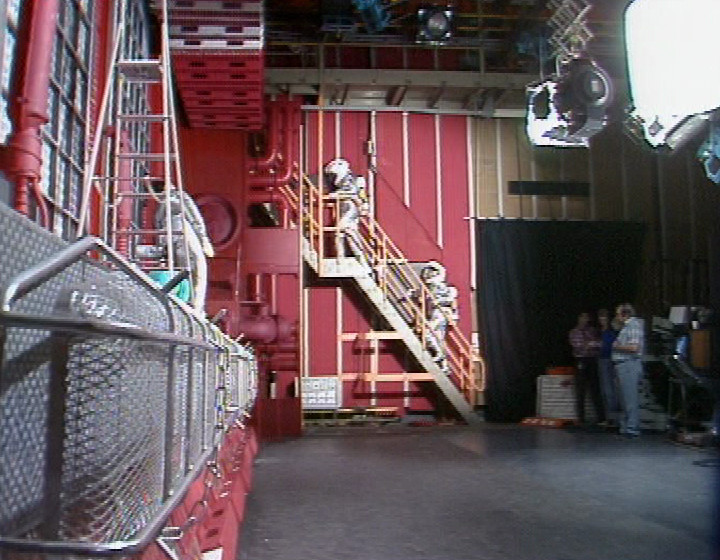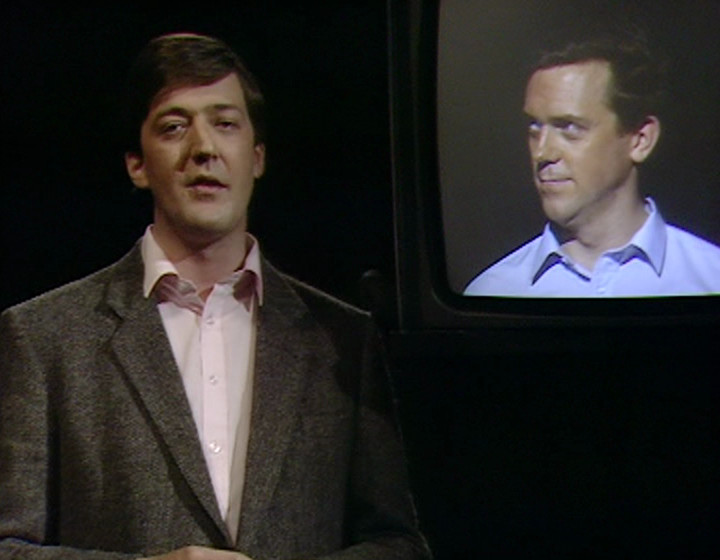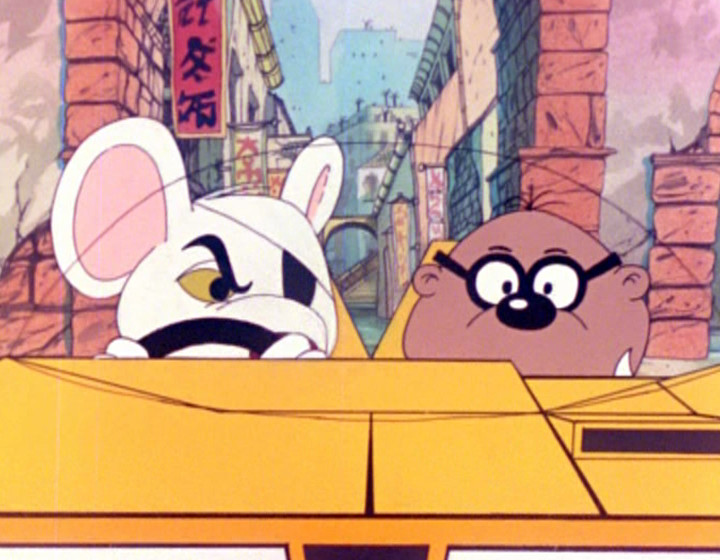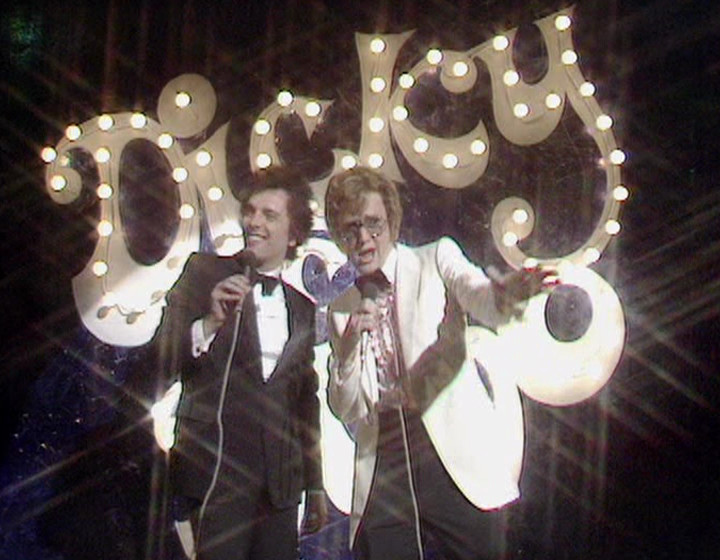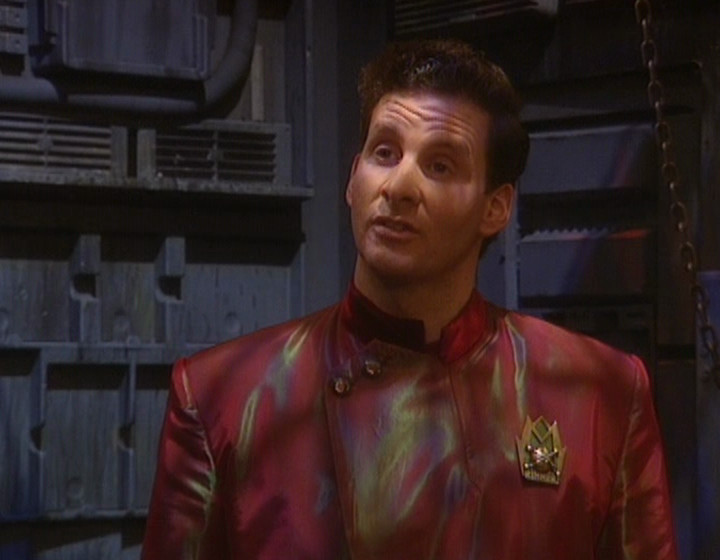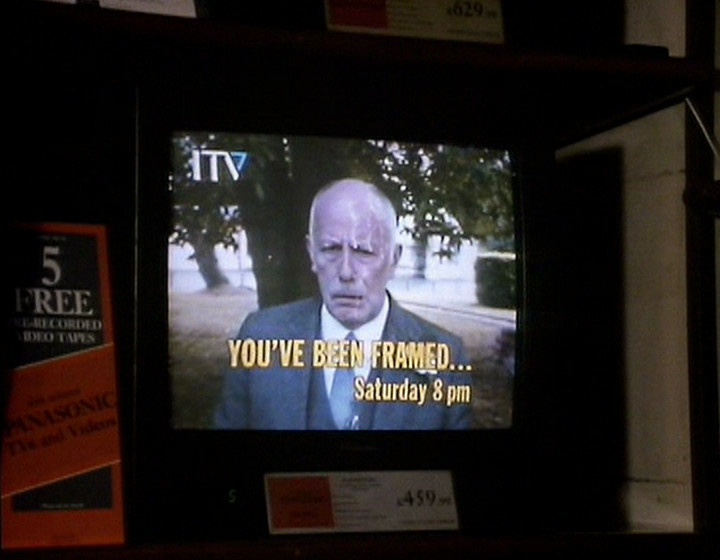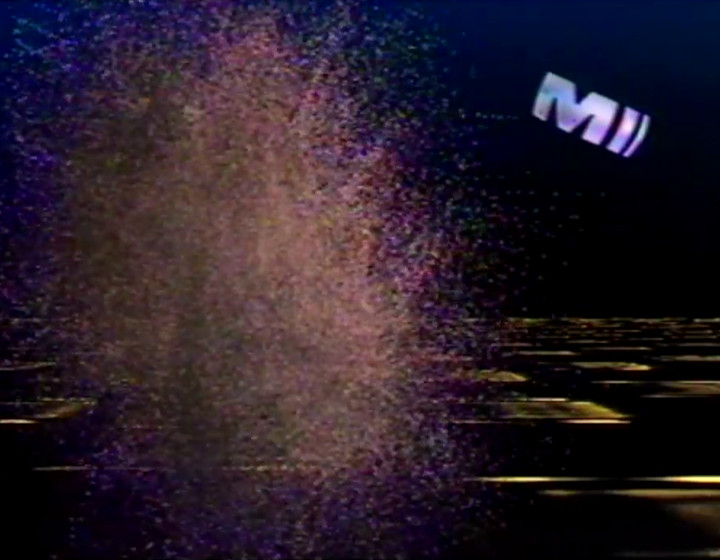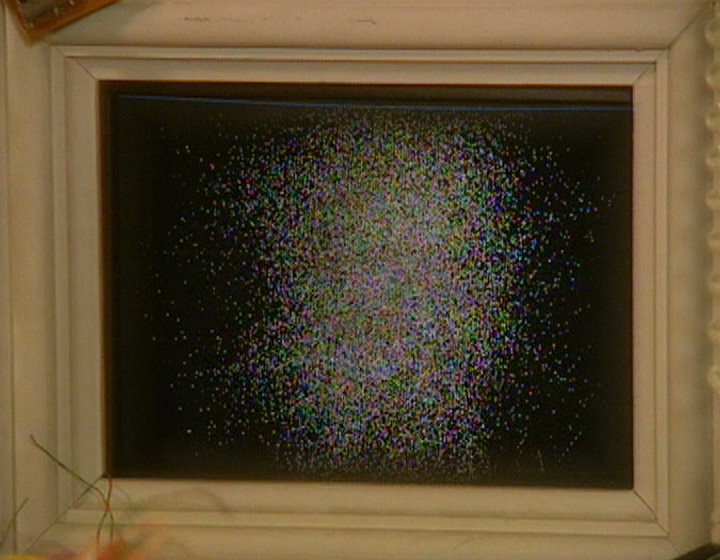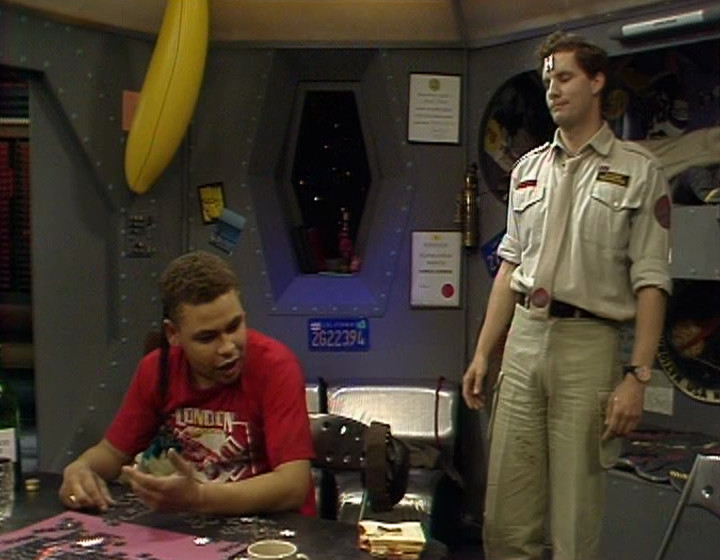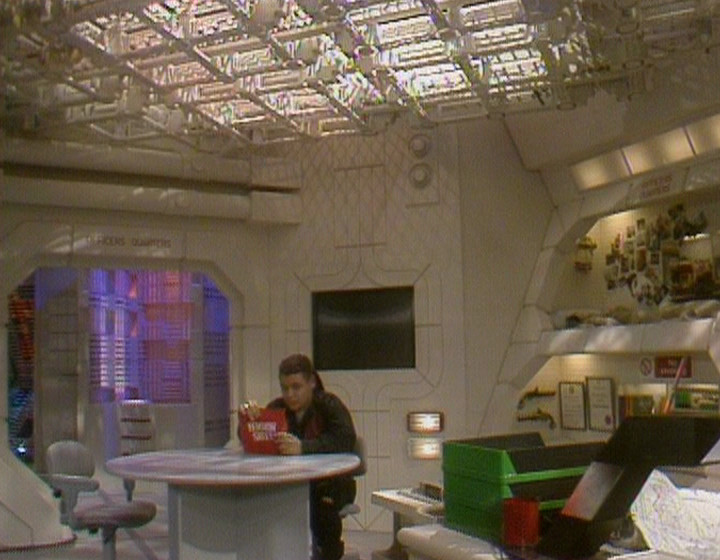2015 • 2016 • 2017 • 2018 • 2019 • 2020 • 2021 • 2022 • 2023 • 2024
“Hi there, John. Well, 2021 was pretty damn awful.”
“No it wasn’t.”
“What? Come on, a global pandemi-“
“Yes, yes, yes, but I’ve posted loads of great stuff on Dirty Feed this year.”
“Dirty F… really? You’re going with this?”
“Let’s have a look at all the brilliant things I’ve written over the last 12 months.”
“Let’s not.”
“Tough shit.”
* * *
I’m afraid you will have to forgive a rather more indulgent format than usual for my roundup this year. I’ve done so much writing on the site – almost as much as 2019 and 2020 combined – that there’s plenty I really want to relink to. (If you just want the short version, the images link to various interesting things.)
January was meant to be a quiet month for the site, as I intended to take a bit of a break. Instead, I published one of the most popular things I’ve ever written: a look at what exactly is on the telly in an episode of The Young Ones. This pretty much set the tone for the kind of thing I ended up doing all year: investigating obscure mysteries about sitcoms. For instance: we also found out what Vyvyan really wanted to say about Thatcher.
February saw me looking into the history of an obscure piece of Grant Naylor material, in a post which pretty much defines the phrase “satisfying ending”. This was followed up by an investigation into Grant Naylor radio sitcom Wally Who?, and how obvious facts can easily become lost.1 Finally, I took a proper look at the pilot of Yes Minister, and how an assumption I’d had for years turned out to be complete bollocks.
March was the beginning of a series of articles looking at stock footage in Hi-de-Hi!. This turned out to be a lot harder than I thought it’d be, and these pieces are somewhat annoyingly incomplete. I’ll hopefully get a chance to improve on them next year. There was also this speculation about Drop the Dead Donkey which I have precisely no proof of whatsoever, but I firmly believe to be 100% true.
April saw the big one. My investigation into the authorship of one of Yes, Prime Minister‘s most well-known routines blew up in a quite ridiculous fashion, and got the site noticed well beyond its usual readership. Thank you, Popbitch. Thus it’s all the more irritating that it has to be one of the articles here which I’m least happy with. In its originally published form, it entirely missed the actual authorship of the joke, despite the fact that the real information was actually public knowledge, if you hung around on the right corner of the internet. The true story only came with the updates after publication. Oh well, what would life be, if it wasn’t utterly infuriating?
On a smaller note, but for me personally more satisfying than either the Hi-de-Hi! or Yes, Prime Minister stuff, was this piece identifying a mysterious piece of Red Dwarf footage. Some people find a mystery exciting; I think finding the actual truth is even more so.
May was my 40th birthday, so I couldn’t resist writing something rather more personal than usual. We also spent another day with The Young Ones in the studio, which is an object lesson in the dangers of hiding the most interesting thing in an article near the end. But my favourite thing this month was proving everybody wrong about when Series 1 of The Brittas Empire was shown. I love writing about The Brittas Empire. I love proving everybody wrong more.
June had two of my very favourite pieces I published all year. Firstly, there was this look at reshoots and pick-up weeks in early Red Dwarf, which puts a brand new spin on one of the most famous sequences in the whole show. Then, I investigated this extended version of the You Rang, M’Lord? pilot, which – to my knowledge – hasn’t been transmitted since 1988. Both these pieces are pretty much a mission statement for what I want the site to be.
July saw Dirty Feed’s first dive into A Bit of Fry & Laurie, with another exciting TX date discrepancy. There was also a look at a particularly noteworthy topical reference in The Young Ones. But my favourite piece – possibly my favourite thing I wrote all year, in fact – was a look into how the studios at BBC Manchester can be seen in early Red Dwarf. That piece is everything I’d like my writing to be, and don’t always manage to get there.
August had a look at deleted scenes in A Bit of Fry & Laurie, before we came to the main event: an examination of the recording dates for every single sketch in Series 1. That’s one of those articles which takes an absolute bloody age to write, and is so niche even by the standards of this site that not many people end up reading it. Oh well. It’s worth it just for the incredibly interesting revelation about which sketch in Series 1 was actually shot for the 1987 pilot.
September saw an article I’d been planning to write for literally years finally see the light of day: about a literally unbelievable claim about the viewing figures of Danger Mouse. No, I have nothing better to do than prove people’s childhood heroes INCORRECT. There was also the start of an obsession with One Foot in the Grave production minutiae, which ended up being some of the most popular things I wrote all year.
October turned out to be a ludicrously busy month. Firstly, we had Men Behaving Badly and the cut Diana joke. Then, there was possibly the most ridiculous thing about Red Dwarf ever written… well, at least, until next month. There was also the start of an analysis between the broadcast and DVD versions of The Thin Blue Line, which is mainly notable for me finally figuring out how how to edit video. (Which might come in useful next year.)
But my favourite thing all month was this poke at a oft-repeated anecdote about The Young Ones. This was something else I’d been meaning to write for ages, and finally got round to. This is one of those rare pieces where I think I might have actually scraped together some kind of real truth about a show that nobody has quite articulated before. Or maybe it’s just an excuse for a clip of a singing tomato.
November was a particularly stupid month, where I got confused and thought this site was Ganymede & Titan. Out of the four Red Dwarf pieces published this month, I finally managed to write two that I’d been banging on about on Twitter for ages: how more of the sets from Series 1 managed to last rather longer than you might think.
December saw me determined to stop the site becoming a Red Dwarf fansite… by, erm, becoming a One Foot in the Grave fansite instead. First of all we looked at how the show faked a section of ITV output, and then I investigated all of David Renwick’s cameos in the show. Finally, the site reached a violent, bloody climax at the end of the year. Lovely.
* * *
Phew. So for a year where I intended to take a bit of a break and do other things, I ended up not only publishing more on the site than ever before, but also having a significantly bigger audience than any previous year too. In fact, the site had double the number of visitors than 2020, a fact I still find faintly extraordinary.
Double the visitors requires the double the gratitude. So thank you all so much for your likes, retweets, comments, or just quietly reading the site this year. I really do appreciate it so much. The comments section on the site has been particularly active and insightful, and has corrected and improved much of what I’ve written throughout the last 12 months.
As for this site in 2022… I’m in something of a bind. Every single time I say I’m going to do something specific on this site, I do nothing. And every time I say I’m going to do nothing and take a break, I end up writing shitloads. It is beginning to get faintly ridiculous.2 My brain absolutely refuses to follow any kind of plan for this site whatsoever. In fact, it actively rebels against it.
So in 2022, I can only give you one promise: that something might or might not happen on this site at some point during the year. So you can look forward or not look forward to that at your leisure.
And you can’t say fairer than that, can you?
Read more about...
end of year review


